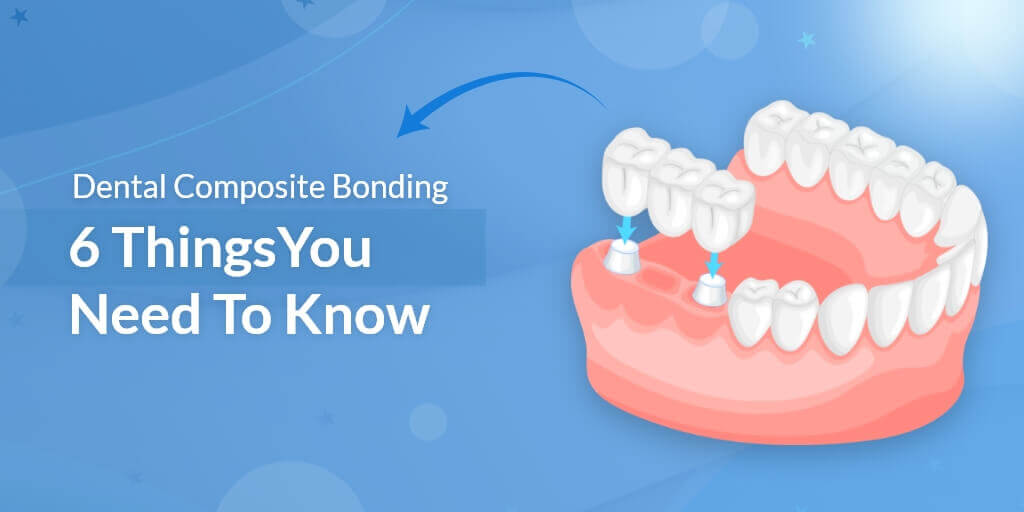Composite bonding is a modern and affordable way to fix teeth that are damaged, misshapen, or discolored. It uses a thin layer of colored composite resin that matches your tooth color. This helps your dentist improve the way your teeth look without any drilling. This procedure involves adding colored resin to your teeth to make them look better. It’s a painless method to get back your confident smile. Read along to learn more about composite dental bonding.
Composite Bonding Can Help with Crooked Teeth
Crooked teeth are one of the many common dental problems in children and adults. Thankfully, composite bonding is useful for enhancing the look of teeth that are a bit crooked. Your dentist can apply composite resin strategically to hide or mask the misalignment, making your smile better. However, composite bonding can only fix small position issues. If your teeth are significantly misaligned, it’s better to consider orthodontic treatment before going for bonding.
Composite Bonding Can Improve Bottom Teeth
Composite bonding can enhance the appearance of lower teeth too. However, certain things like how the upper and lower teeth fit together (bite) should be thought about first. If a patient grinds their teeth or has bruxism, bonding might not be suitable. This is because the composite resin isn’t strong against the pressure and might break.
Composite Bonding Can Close Front Teeth Gaps
If you have small gaps between your teeth, composite bonding is an excellent choice to fix them. It works well for one gap or several small gaps in all your teeth. With bonding, your dentist adds the composite resin to your teeth, closing the gaps or making them less noticeable if complete closure isn’t possible. But if the gap is too large, your dentist might suggest a brief orthodontic treatment before using bonding. This helps prevent very large or uneven-looking teeth.
The Procedure Is Not Painful
Unlike porcelain veneers, composite veneers don’t need drilling, and sometimes just a little trimming is needed. Even though you might think composite bonding could be painful, that’s not true. Just like any dental procedure, we use a local anesthetic before starting. So, you won’t feel any pain at all during the process.
It Is Not as Expensive
Lots of people wanted to improve their smiles before trying composite bonding. The main reason they waited was because they believed it would be as costly as other cosmetic treatments like porcelain veneers. But actually, composite bonding is less expensive than porcelain veneers.
Composite Bonding Is Different from Veneers
When it comes to dental procedures, it’s important to know that composite bonding and veneers are not the same thing. While composite bonding is a conservative option suitable for minor imperfections, veneers offer a more comprehensive solution for significant dental issues. Consulting with a dental professional will help you choose the best treatment to achieve the smile you’ve always wanted.
If you have healthy natural teeth and desire a quick solution to improve their appearance or your smile, composite bonding is a fast, painless, and affordable option. It is the least invasive way of getting teeth aesthetically restored.
